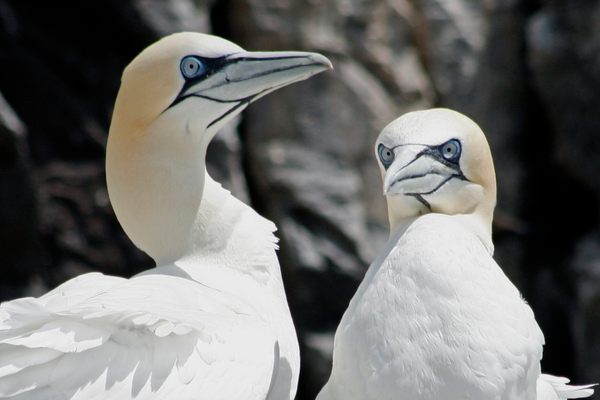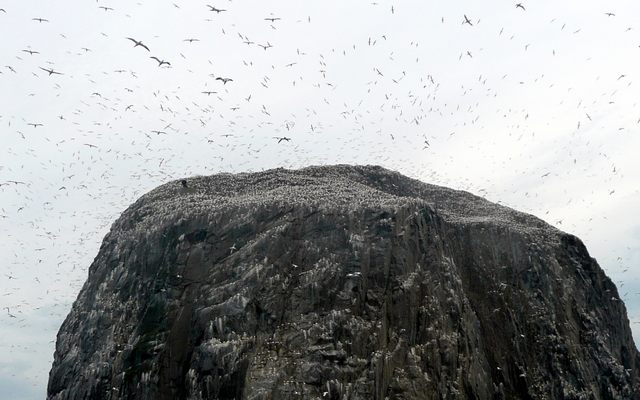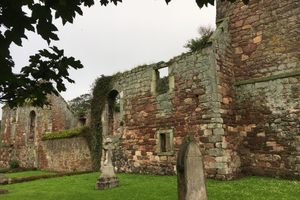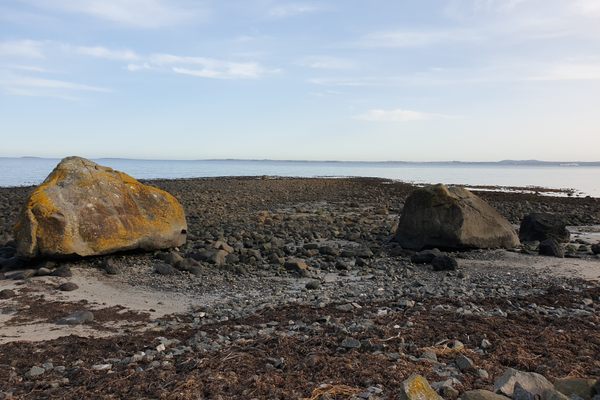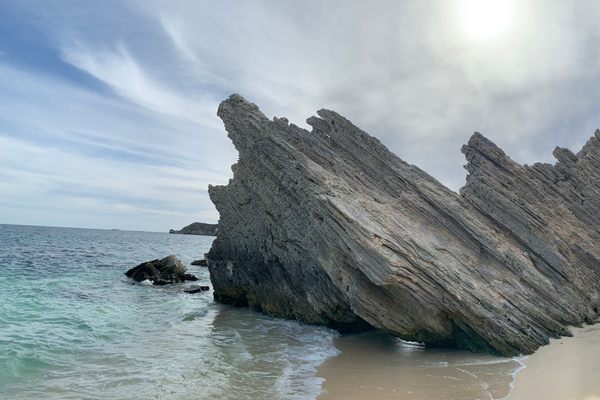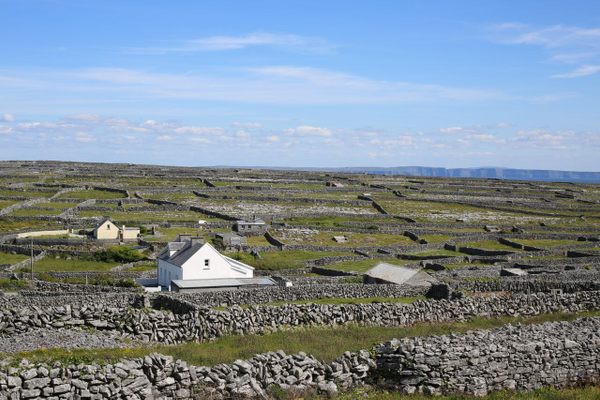About
From a distance, this little island looks as though it's perpetually covered by a thin blanket of snow. But what appears to be a lingering layer of powder and ice is actually hundreds of thousands of birds and their droppings.
Bass Rock is a tiny island formed from a plug of volcanic rock in the Firth of Forth, Scotland. It contains the world's largest colony of Northern gannets, one of the biggest seabirds in the North Atlantic. Much of the rock is “painted” white by the birds’ guano.
It’s estimated that more than 150,000 gannets—10 percent of the world’s population—crowd onto this one rock. The island is so important to the birds that the species’ scientific name, Morus bassanus, even comes from this small sliver of land.
Seeing these magnificent avian rulers of the rock is a wildlife experience not to be missed. Hordes of them take to the sky, soaring above the sea like frenzied, feathered clouds before plunging into the water below to fish.
The birds aren’t the only ones who have taken an interest in Bass Rock. It was settled by Christian hermits in the 7th century. A castle was later built and used as a prison during the Commonwealth period. The lighthouse was constructed in the early 1900s. These structures, as well as medieval chapel ruins, still stand today. Like the rest of the rock, they too are often covered by the birds and their droppings.
Related Tags
Know Before You Go
Several operators offer trips out to the rock, but only those offered by the Scottish Seabird Centre allow visitors to land.
The Scottish Seabird Centre in North Berwick has solar-powered video cameras that project close-up images of the birds nesting and roosting on the rock, which it projects onto large screens for those who can’t actually arrange a trip there in person.
Flavors of Scotland: Beyond the Haggis
Smoked seafood, single malt whisky, and warm hospitality.
Book NowCommunity Contributors
Added By
Published
April 25, 2018





